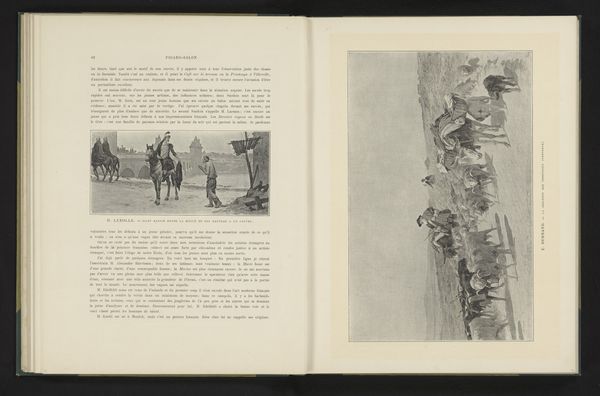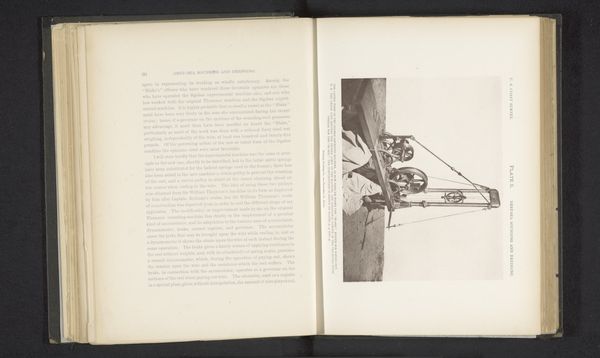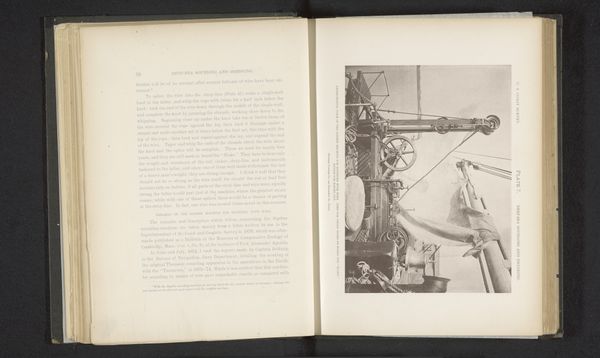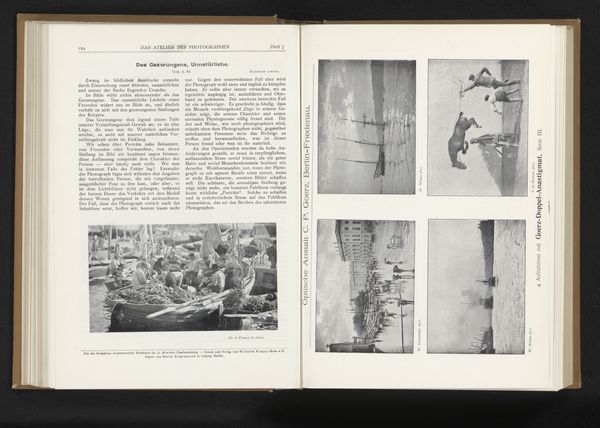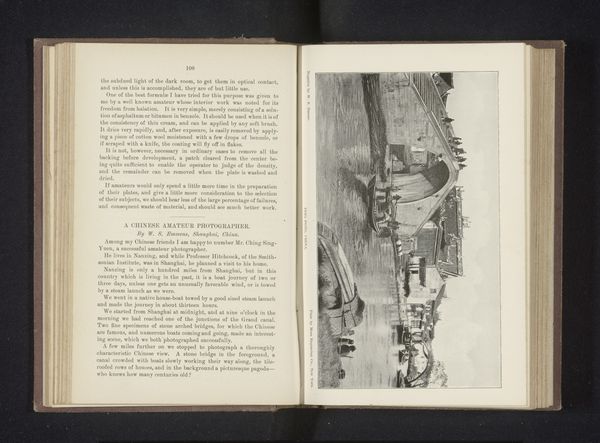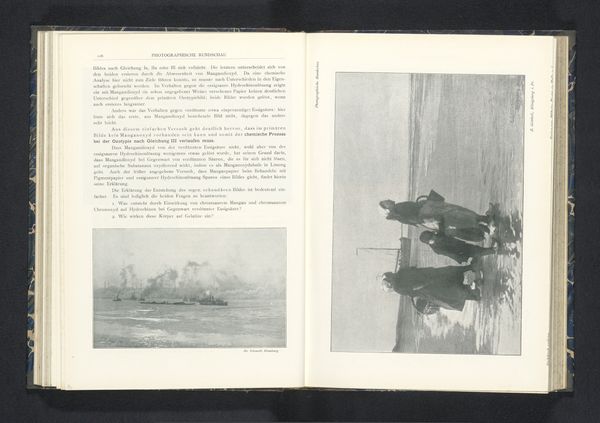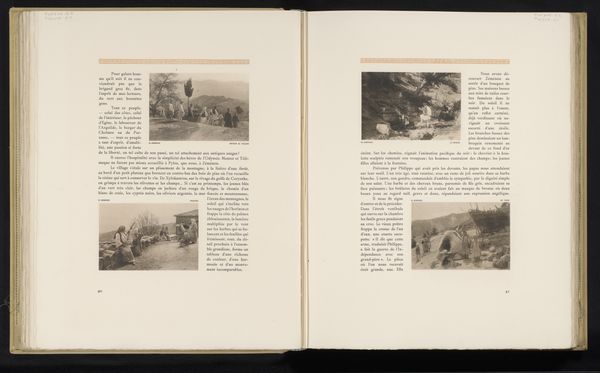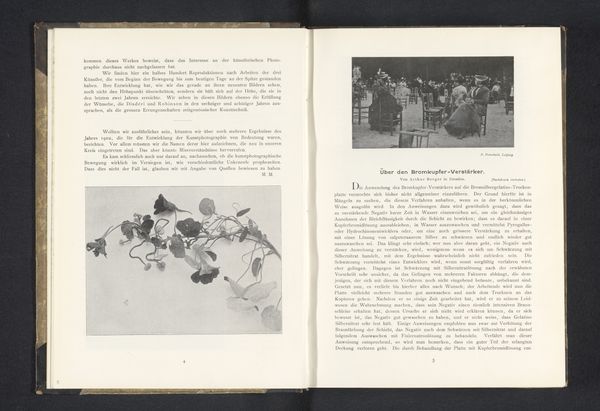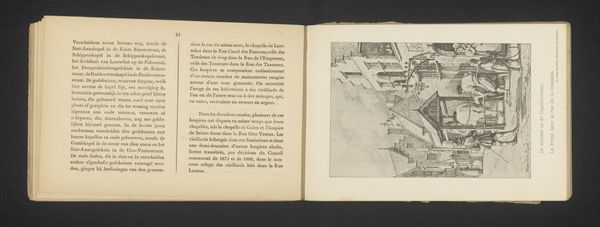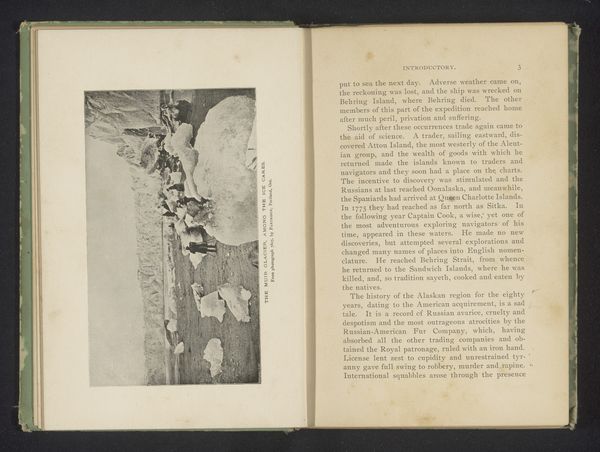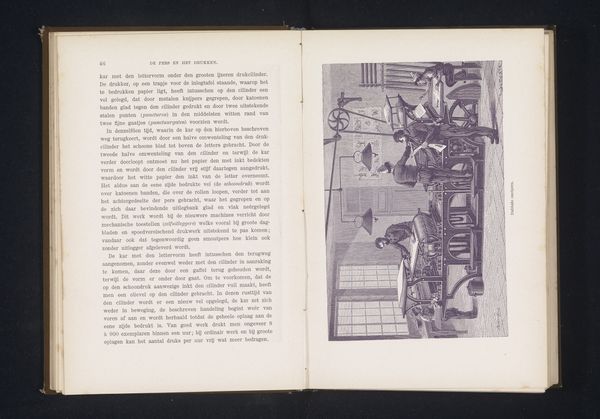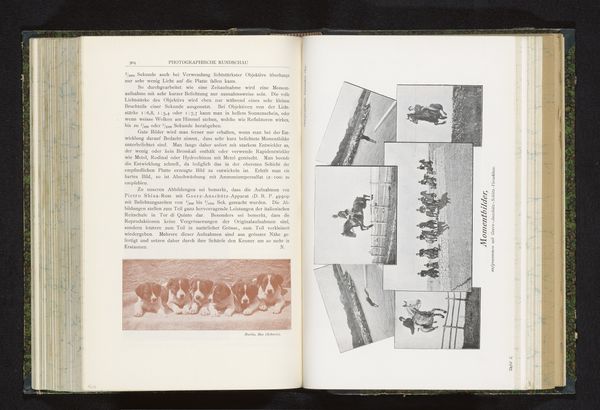
Reproductie van een schilderij van een scheikundige proef van Henri Étienne Sainte-Claire Deville door Léon Augustin Lhermitte before 1901
0:00
0:00
drawing, lithograph, print, engraving
#
portrait
#
drawing
#
lithograph
# print
#
figuration
#
genre-painting
#
history-painting
#
academic-art
#
engraving
#
realism
Dimensions: height 208 mm, width 298 mm
Copyright: Rijks Museum: Open Domain
Editor: This is an engraving titled "Reproductie van een schilderij van een scheikundige proef van Henri Étienne Sainte-Claire Deville door Léon Augustin Lhermitte," created before 1901. It depicts a group of men observing some kind of scientific experiment. It feels almost staged, like a performance, rather than a genuine scientific endeavor. What do you see in this work? Curator: I see a potent image of institutional power dynamics and the construction of scientific authority. It's crucial to understand this image within the context of late 19th-century France, a period marked by rapid industrialization, colonialism, and burgeoning scientific discourse. Notice the all-male composition of the observers; it speaks volumes about the exclusivity of scientific institutions at the time, actively barring women and other marginalized groups from participating in knowledge production. Editor: So, you are saying the image reproduces the status quo in science? Curator: Absolutely. Lhermitte is not simply documenting a scientific experiment; he's reinforcing a social order. Consider how the figures are positioned. The scientist is at the center, illuminated and active, while the observers, presumably figures of authority, are literally looking *down* on him. This hierarchy mirrors the power structures prevalent in both scientific and broader societal contexts. Who has access, and whose perspectives are validated? The lithograph prompts questions about who gets to define progress and knowledge. How does this artwork relate to contemporary discussions around diversity and inclusion within STEM fields? Editor: I never thought of it that way. I was focused on the composition but didn't consider the broader societal implications. Seeing this work as a representation of power structures within scientific institutions gives it a completely new dimension. Curator: Precisely. By situating it within its historical and social context, the image challenges us to critically examine the ongoing legacies of exclusion and inequality in scientific discourse today. We've only just begun to scrape at the surface of intersectionality.
Comments
No comments
Be the first to comment and join the conversation on the ultimate creative platform.
